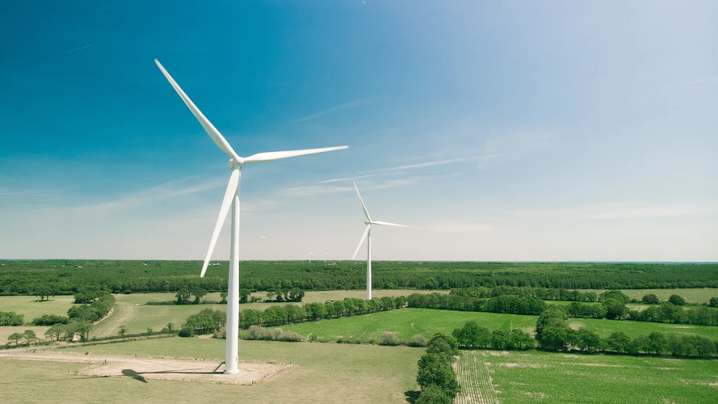 IOT
IOT
 IOT
IOT
 IOT
IOT
Microsoft Corp. today added a set of new features to Azure Digital Twins, its cloud-based analytics service for industrial “internet of things” applications.
A digital twin usually means a virtual replica of a connected system, such as an industrial robot or a wind turbine, that mirrors the state of its real-world counterpart. The technology is used by industrial companies to find ways of optimizing their operations. A manufacturer, for instance, can create a digital twin of its production line to look for ways of increasing output or find technical issues.
The biggest enhancement arriving to Azure Digital Twins is a modeling language Microsoft calls DTDL. The language, which the company has developed specifically for digital twin use cases, enables engineers to create more detailed and true-to-life models of systems. A system can be as small as a sensor or as large as an entire city, according to Microsoft.
DTDL generates digital twins by combing information from multiple data sources. A model created in the language can incorporate physical properties of an object, such fan speed and temperature, as well as the conditions under which the object operates in the real world. If a piece of industrial equipment encounters a technical issue, the event can be synced to its digital twin to give engineers a more accurate operational picture.
DTDL offers another notable advantage: It’s also supported in other Azure services. The result, according to Microsoft, is that organizations can send information from Azure Digital Twins to its other cloud products for further processing.
In the wake of today’s update, enterprises will have the ability to analyze digital twin data in Azure Synapse Analytics and Azure Time Series Insight. There are integrations with other Microsoft products as well. Business analysts can visualize digital twins in dashboards using the company’s Power BI tool while developers can feed the data to their company’s external cloud applications via Logic Apps.
Azure Functions is featured in the update too. The service, Microsoft’s entry into the fast-growing serverless computing market, allows developers to run code in the cloud without having to manually manage the underlying infrastructure. To ease large projects, Azure Digital Twins now lets companies use Azure Functions to run serverless computations on their simulated connected devices.
“This makes it easy to use pre-existing code with Azure Digital Twins, which provides freedom of choice in terms of programming languages and compute models,” Ines Khelifi, the principal product management manager for Azure IoT, explained in a blog post.
The new features are now available in preview.
THANK YOU